A Night with The Stars!
Amazing telography pictures and Neat Information!
- List View
- Player View
- Grid View
Advertisement
-
1.
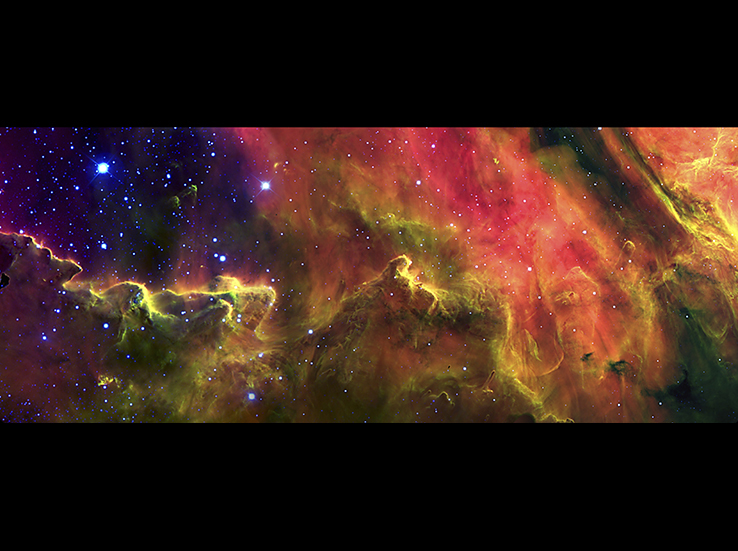 The birth of new stars within the Milky Way’s Lagoon Nebula captured by NSF’s Gemini South Telescope in Chile. The nebula is 5,000 light-years away. Image source: Gemini Observatory/AURA; Julia I. Arias and Rodolfo H. Barbá, Departamento de Fisica, Universidad de la Serena, Chile/ICATE-CONICET, Argentina
The birth of new stars within the Milky Way’s Lagoon Nebula captured by NSF’s Gemini South Telescope in Chile. The nebula is 5,000 light-years away. Image source: Gemini Observatory/AURA; Julia I. Arias and Rodolfo H. Barbá, Departamento de Fisica, Universidad de la Serena, Chile/ICATE-CONICET, Argentina -
2.
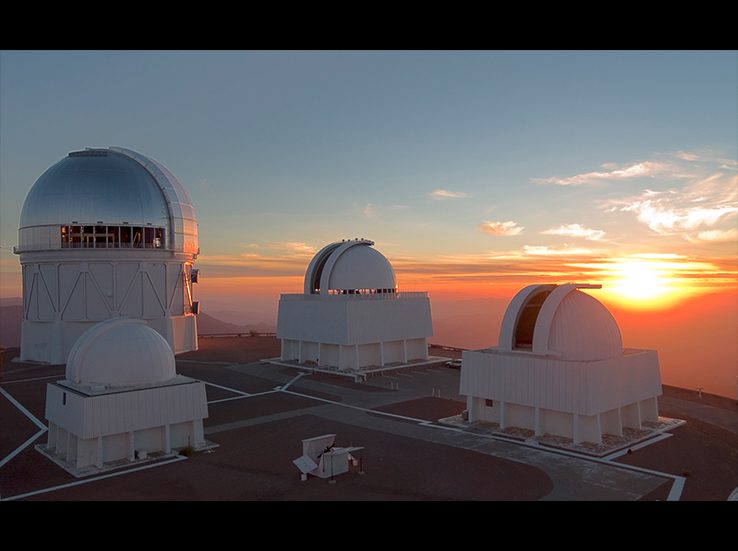 Resting on the flattened summit of Chile’s Cerro Tololo, the silvered-dome of the 4-meter Blanco Telescope and three of its neighbors catch the last rays of day, while preparing for nighttime observations. An integral piece of NSF’s Cerro Tololo Inter-American Observatory, the Blanco is nearly identical to Kitt Peak’s Mayall Telescope. Image source: T. Abbott; NOAO/AURA/NSF
Resting on the flattened summit of Chile’s Cerro Tololo, the silvered-dome of the 4-meter Blanco Telescope and three of its neighbors catch the last rays of day, while preparing for nighttime observations. An integral piece of NSF’s Cerro Tololo Inter-American Observatory, the Blanco is nearly identical to Kitt Peak’s Mayall Telescope. Image source: T. Abbott; NOAO/AURA/NSF -
3.
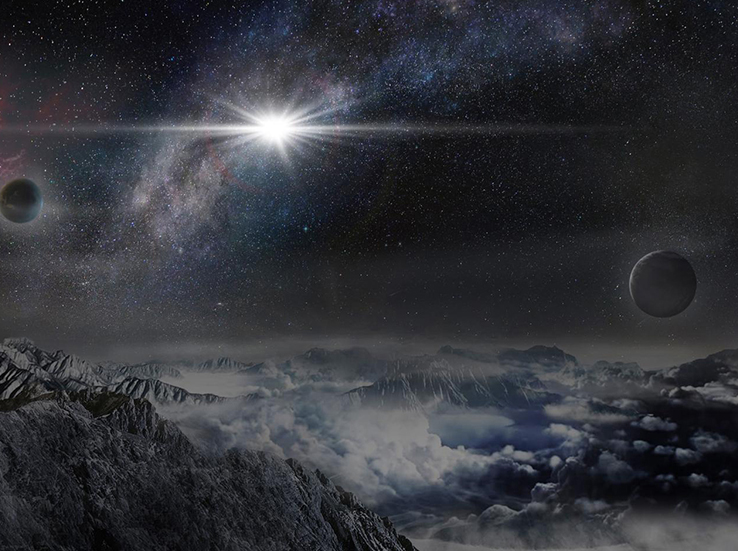 Although it looks like a scene from the sci-fi thriller “Gravity,” the bright pop of light in this image comes from ASASSN-15lh, the most powerful supernova ever discovered Image source: Jin Ma; Beijing Planetarium
Although it looks like a scene from the sci-fi thriller “Gravity,” the bright pop of light in this image comes from ASASSN-15lh, the most powerful supernova ever discovered Image source: Jin Ma; Beijing Planetarium -
4.
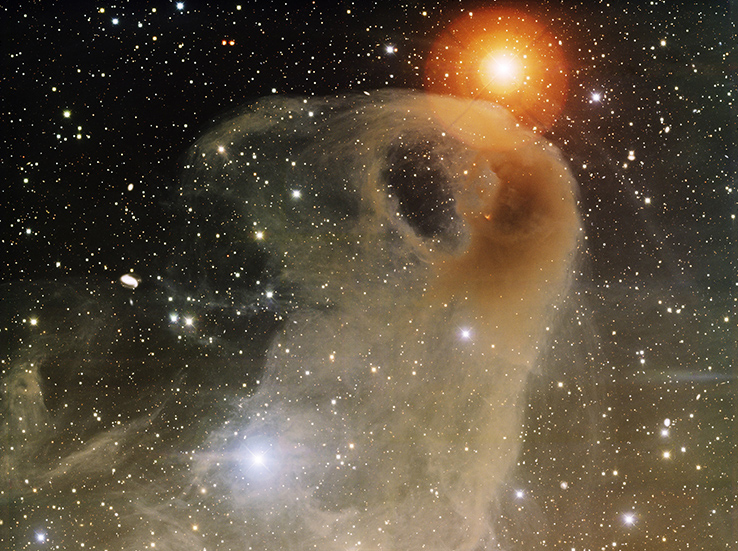 The sharp outline of the Baby Eagle Nebula is a tribute to the imaging advances contained in NSF’s Mayall Telescope on Arizona’s Kitt Peak. Baby Eagle lies about 450 light-years from Earth within a larger cloud of dust and gas known as the Taurus Molecular Cloud. Image source: T.A. Rector, University of Alaska Anchorage, and H. Schweiker, WIYN; NOAO/AURA/NSF
The sharp outline of the Baby Eagle Nebula is a tribute to the imaging advances contained in NSF’s Mayall Telescope on Arizona’s Kitt Peak. Baby Eagle lies about 450 light-years from Earth within a larger cloud of dust and gas known as the Taurus Molecular Cloud. Image source: T.A. Rector, University of Alaska Anchorage, and H. Schweiker, WIYN; NOAO/AURA/NSF -
5.
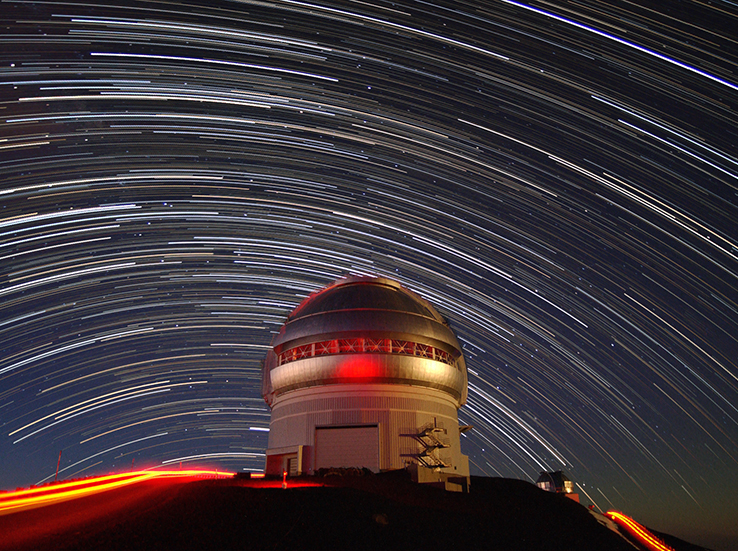 Gemini Observatory Stunning to view against a summer sky, NSF’s Gemini North telescope atop Maunakea in Hawaii is one of two identical telescopes that make up the Gemini Observatory.
Gemini Observatory Stunning to view against a summer sky, NSF’s Gemini North telescope atop Maunakea in Hawaii is one of two identical telescopes that make up the Gemini Observatory. -
6.
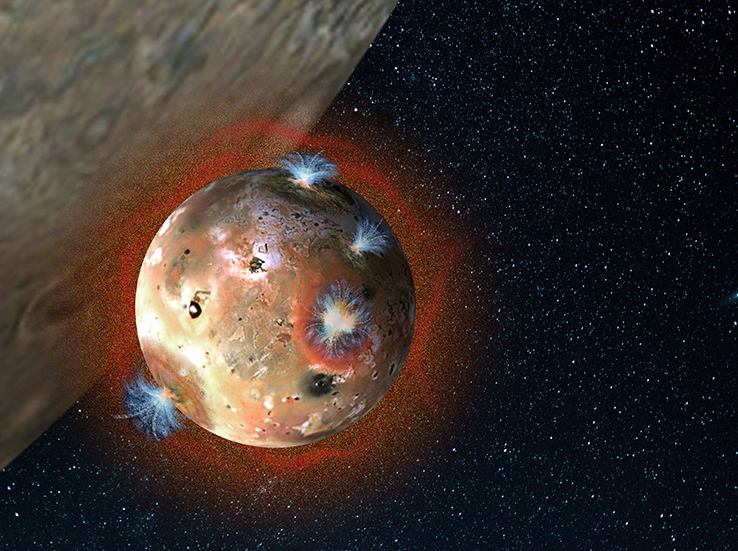 The Gemini North Observatory made a groundbreaking discovery when it captured the rise and fall of the atmosphere surrounding Io, one of Jupiter’s moons. Image Source: Southwest Research Institute
The Gemini North Observatory made a groundbreaking discovery when it captured the rise and fall of the atmosphere surrounding Io, one of Jupiter’s moons. Image Source: Southwest Research Institute -
7.
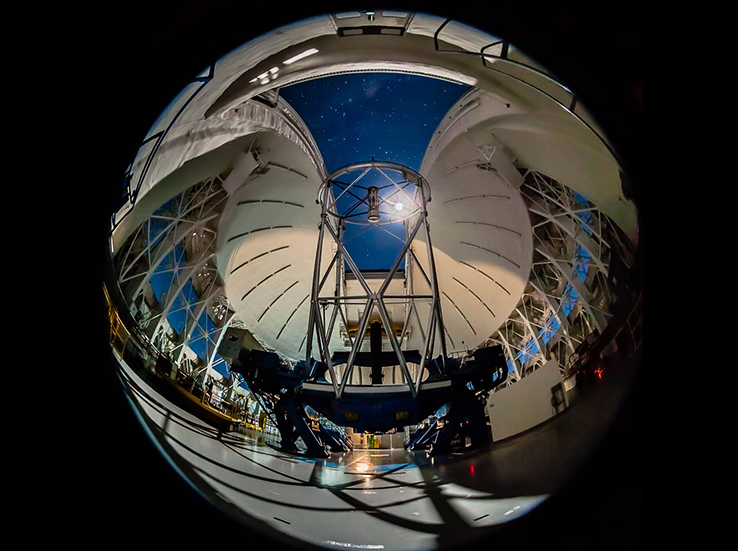 As the moon illuminates the interior of NSF’s Gemini South Telescope, astronomers gear up for a night of observation.
As the moon illuminates the interior of NSF’s Gemini South Telescope, astronomers gear up for a night of observation. -
8.
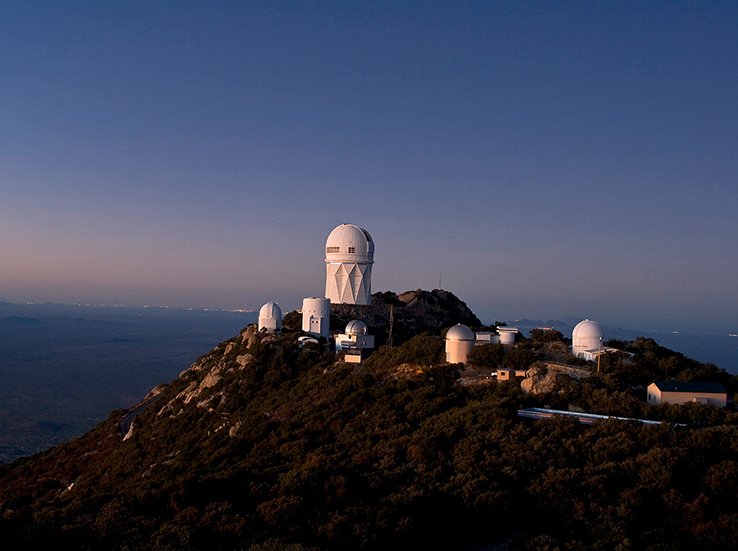 The National Optical Astronomy Observatory. Rising nearly 7,000 feet above southwestern Arizona’s Sonoran Desert, Kitt Peak is home to the world’s largest collection of optical and radio telescopes.
The National Optical Astronomy Observatory. Rising nearly 7,000 feet above southwestern Arizona’s Sonoran Desert, Kitt Peak is home to the world’s largest collection of optical and radio telescopes. -
9.
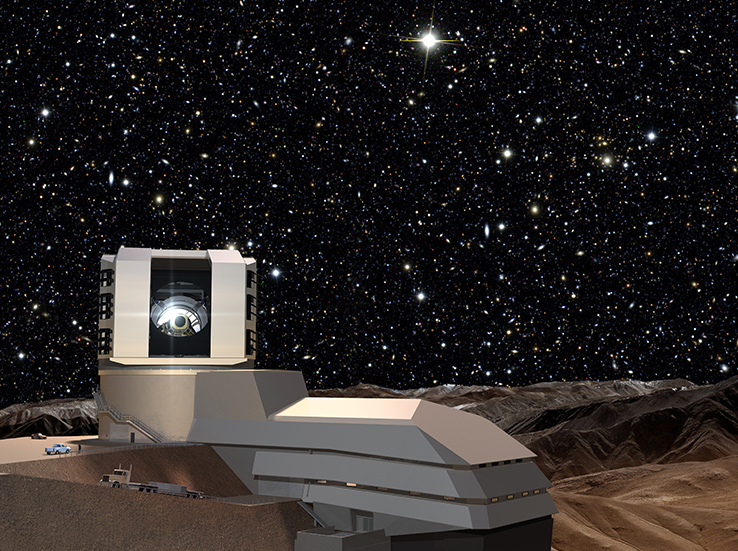 When completed, the Large Synoptic Survey Telescope (LSST), illustrated here, will mark a new chapter in ground-based optical astronomy.
When completed, the Large Synoptic Survey Telescope (LSST), illustrated here, will mark a new chapter in ground-based optical astronomy. -
10.
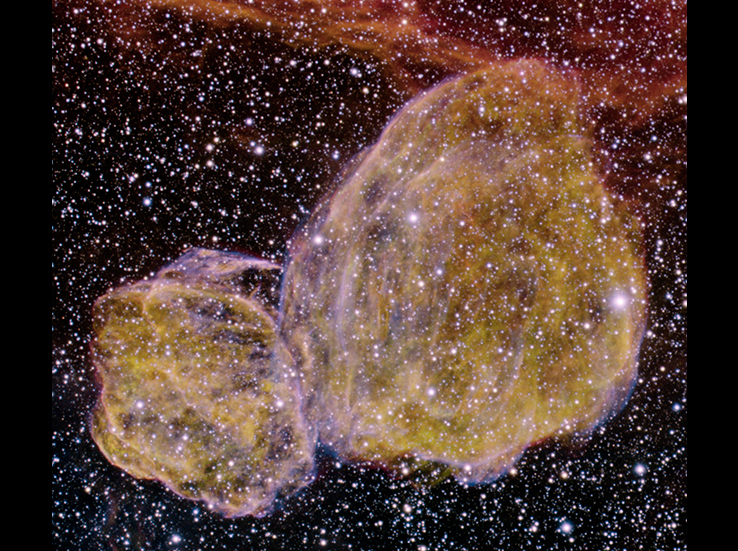 Although this looks like a single nebula, NSF’s Gemini South Observatory revealed it is actually two separate gas and dust clouds formed by different types of supernova explosions. Image source: P. Michaud, S. Fisher and R. Carrasco, Gemini Observatory; T. Rector, University of Alaska Anchorage
Although this looks like a single nebula, NSF’s Gemini South Observatory revealed it is actually two separate gas and dust clouds formed by different types of supernova explosions. Image source: P. Michaud, S. Fisher and R. Carrasco, Gemini Observatory; T. Rector, University of Alaska Anchorage -
11.
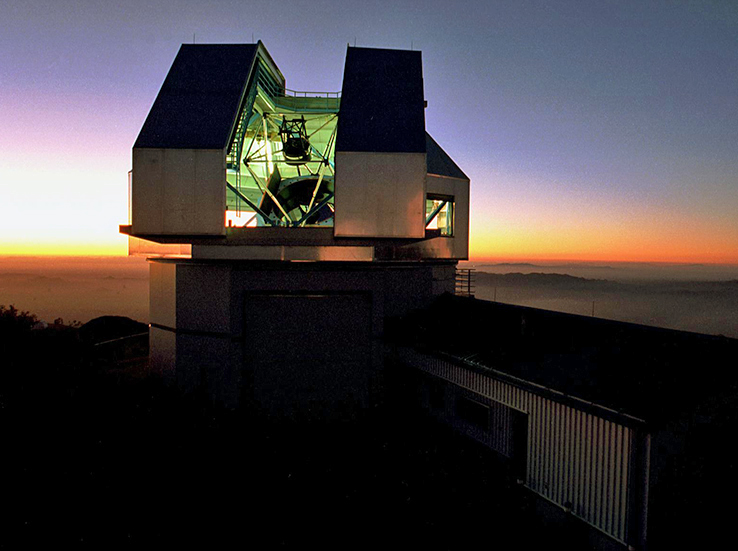 As the sun sinks below the horizon, the WIYN 3.5-meter Telescope atop Arizona’s Kitt Peak prepares to scan the northern night sky. In operation since 1994, the telescope uses a combination of three mirrors, the largest of which weighs over 2 tons and stretches 3.5 meters wide; and advanced imaging instruments; to produce some of the clearest images ever seen of celestial objects and events.
As the sun sinks below the horizon, the WIYN 3.5-meter Telescope atop Arizona’s Kitt Peak prepares to scan the northern night sky. In operation since 1994, the telescope uses a combination of three mirrors, the largest of which weighs over 2 tons and stretches 3.5 meters wide; and advanced imaging instruments; to produce some of the clearest images ever seen of celestial objects and events. -
12.
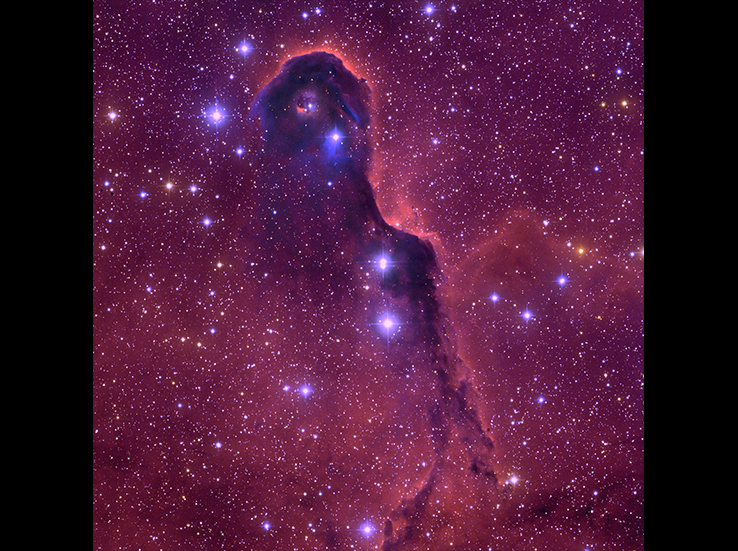 The WIYN 0.9-meter telescope on Arizona’s Kitt Peak imaged the Elephant Trunk Nebula as it floats within the faint star cluster known as IC 1396 some 3,000 light-years away from Earth. The nebula’s long cloud of dust and gas serves as an incubator for young, developing stars. It also holds the raw materials for star formation. Image source: T.A. Rector, University of Alaska Anchorage; WIYN/NOAO/AURA/NSF
The WIYN 0.9-meter telescope on Arizona’s Kitt Peak imaged the Elephant Trunk Nebula as it floats within the faint star cluster known as IC 1396 some 3,000 light-years away from Earth. The nebula’s long cloud of dust and gas serves as an incubator for young, developing stars. It also holds the raw materials for star formation. Image source: T.A. Rector, University of Alaska Anchorage; WIYN/NOAO/AURA/NSF
- REPLAY GALLERY
-
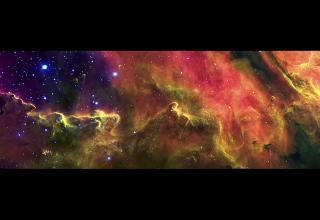
- A Night with The Stars!
- NEXT GALLERY
-

- 39 Great Pics to Improve Your Mood
The birth of new stars within the Milky Way’s Lagoon Nebula captured by NSF’s Gemini South Telescope in Chile. The nebula is 5,000 light-years away. Image source: Gemini Observatory/AURA; Julia I. Arias and Rodolfo H. Barbá, Departamento de Fisica, Universidad de la Serena, Chile/ICATE-CONICET, Argentina
12/12
1/12
Categories:
Wow







0 Comments